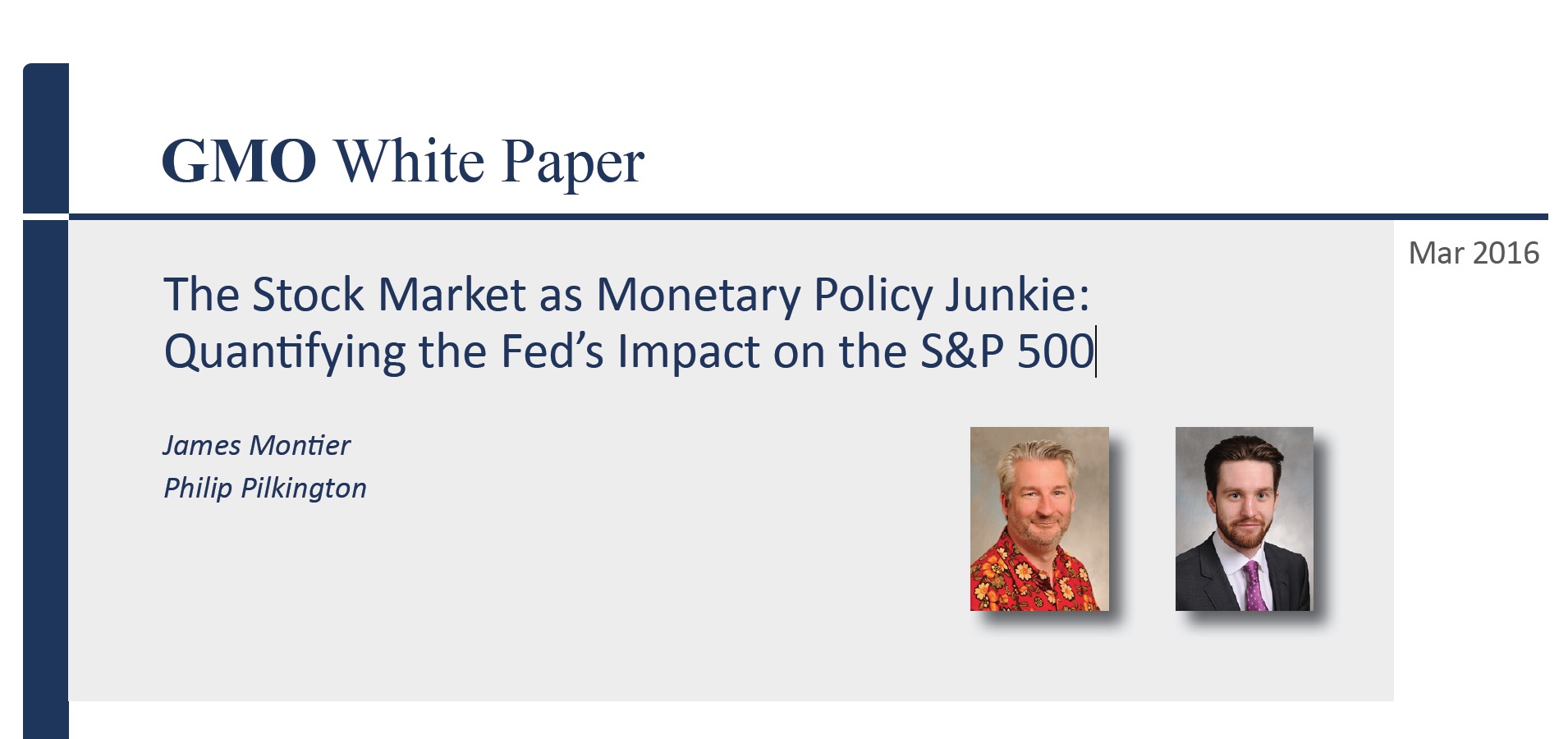TIPS TAILWIND
KEY TAKEAWAYS
· TIPS have been a leader among high-quality bonds in recent weeks.
· Inflation expectations remain low and TIPS may benefit from the development of a stagflation environment.
by Anthony Valeri, Investment Strategist, LPL Financial
High-quality bonds broadly have enjoyed a good start to 2016, but Treasury Inflation-Protected Securities (TIPS) have particularly benefited recently and, last week, received an added tailwind from the Federal Reserve (Fed). Fed Chair Janet Yellen stated the recent increase in core inflation measures may be temporary, a slight change from indicating low inflation was transitory. Additionally, by signaling a more gradual pace of future interest rate hikes, and more tolerance for rising inflation, the Fed gave TIPS a tailwind. The development of modest stagflation—inflation readings remaining near current levels coupled with sluggish economic growth—may benefit TIPS.
TRACKING INFLATION
The Bureau of Labor Statistics reported last week that core Consumer Price Index (CPI), which excludes food and energy prices (read “oil”), increased to a 2.3% annualized rate in February 2016, continuing a move higher from late 2015. Overall CPI declined to 1.0% in February but has accelerated from 2015, as oil prices, which have a significant influence on overall CPI, have stabilized.
Over the long term, overall inflation has tended to follow core inflation as more volatile food and energy price swings even out over time [Figure 1]. Core CPI may signal where overall inflation is headed. Therefore, TIPS, which are indexed to overall, not core, inflation may continue to benefit as overall CPI moves closer to the core CPI reading. Yellen indicated the drivers of core inflation (such as apparel, up 1.6% in the latest report and not corroborated by industry reports) over the past couple of months may be unlikely to continue.
Still, investors have begun to focus on the merits of TIPS, in case core CPI fails to decelerate. Inflation-linked securities, such as TIPS, provide protection against unexpected inflation—exactly the case investors may want to protect against.
INFLATION EXPECTATIONS REMAIN LOW
Recent TIPS gains have been spurred by rising inflation expectations and increasing demand for inflation protection. Recall that TIPS performance is driven by conventional Treasury movements and inflation compensation (reflected in principal value and interest payments) via the CPI. If investors expect inflation to rise, TIPS typically benefit relative to conventional Treasuries, and the opposite generally holds when inflation expectations fall.
TIPS-implied inflation expectations remain low by historical context even after the recent increase. The rate of inflation implied by the current 10-year TIPS yield (calculated by subtracting the yield on a conventional Treasury from a comparable TIPS) is currently 1.6%, up from an overly pessimistic 1.2% in mid-February but still low by historical standards, leaving the potential for TIPS to benefit further from rising inflation protection [Figure 2]. Outside of an aberration during the financial crisis in late 2008, inflation expectations have rarely been lower than witnessed in mid-February 2016.
A look at inflation rates implied by TIPS yields across the maturity spectrum shows financial markets believe low inflation is here to stay. According to TIPS pricing, annualized inflation rates will average less than 2% over the next 30 years, a still pessimistic expectation [Figure 3].
THE OIL WILD CARD
The recent improvement in oil prices has helped TIPS by boosting CPI inflation expectations, but a renewed decline could erode the potential value in TIPS. If oil prices fall again, overall CPI may decline again and weigh on TIPS prices. Conventional Treasuries may fare better under such a scenario. However, mere stabilization in oil prices means that the year-over-year decline in energy prices would diminish, along with its downward pressure on inflation. Additionally, U.S. dollar strength has reversed in recent weeks and, in our view, may moderate in 2016, alleviating another downward force on overall inflation. Finally, the University of Michigan 5- to 10-year consumer inflation rate expectation rose to 2.7% in March, more than expected and matching a 6-month high.
TURNING THE CORNER
Consumer inflation expectations, like TIPS-implied inflation expectations, remain low in a historical context, but are among the few factors suggesting inflation may be turning the corner. The Fed has already stated it may be willing to let inflation run higher than its 2% target; however, if the recent increase is sustained (and not temporary as expected), or recedes only slightly, TIPS may benefit from higher inflation compensation.
TIPS may be a more compelling option than regular Treasuries or other high-quality bonds in such an environment due to their inflation protection. And if the period of stagflation turned into a recession, the conventional Treasury aspect of TIPS may help them outperform areas of the market with more credit risk, such as investment-grade bonds, high-yield, and emerging markets debt.
CONCLUSION
With inflation on the rise, economic growth below trend, and the Fed taking a more gradual approach, bond prices may experience a push and pull, leaving them range bound. Although we do not expect TIPS to maintain the pace of recent performance, inflation compensation may provide an edge in what is expected to be a challenging return environment for bonds over the remainder of 2016. The implied rate of inflation suggested by TIPS yields remains very low, making TIPS attractive relative to Treasuries and an option to consider for suitable investors seeking a high-quality bond anchor in their portfolios.














